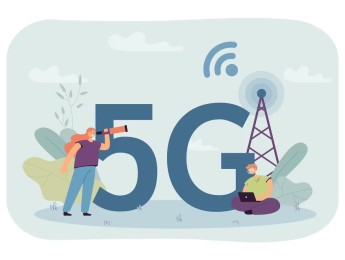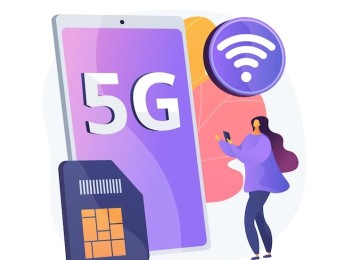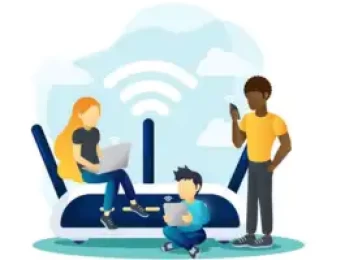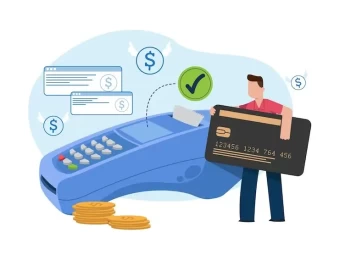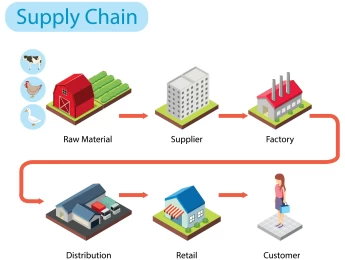Mobile broadband is a feature that is used by almost every individual in their daily lives in some way. The technologies for broadband are constantly evolving, and it is originally estimated that a new mobile technology will be released to the public. However, these developments are becoming ever more frequent.
There are a vast number of factors that must be considered when publicising a new technology. The new release must improve from the previous one, focusing on peak data rates, frequency bands, compatibility with previous technologies, and full cybersecurity. While new releases often become the standard network regionally, it is crucial that it can co-exist with older technologies. To ensure this, newer networks are often built with previous networks as a base, and their development progresses through architectural enhancements.
5G is the most modern network service, containing various features found in previous networks. To be competent in the functions of 5G, one would need to have a full understanding of previous models. Furthermore, there is a stronger focus than ever on the importance of cybersecurity within 5G, as the newer technology opens up the opportunity for many issues that may not have existed previously.
Upon completion of this course, participants will be able to:
- Understand the process of wireless internet access.
- Evaluate each stage of transmission.
- Assess previous generations of technology and how it has evolved.
- Identify the role of 3GPP.
- Reflect on 3PP enhancements and predict future possibilities.
- Define what LTE-WIFI is and its advantages and disadvantages.
- Utilise a range of broadcast and multicast techniques.
- Understand the purpose of eMTC networks and recent architecture enhancements.
- Compare and contrast 5G networks with previous networks.
- Review the continuous strive for automation and how 5G has achieved it.
- Explain what mmWave is and how it contributes to the function of 5G.
This course is designed for anyone wanting to enhance their knowledge about data transmission. It would be most beneficial for:
- IT Professionals
- Electrical Engineers
- Control and Instrumentation Engineers
- Technical Managers
- System Analysts
- Communication Specialists
- Electrical Engineering Managers
This course uses a variety of adult learning styles to aid full understanding and comprehension. Participants will review existing 5G networks to highlight key features that contribute to their efficiency.
They will be provided with the best tools and equipment in the industry to conduct the given learning exercises. With presentations, open discussion and practical demonstrations, participants will thoroughly understand the taught content. They will also be able to partake in practical activities to investigate individual features of 5G networks to develop further confidence in their capabilities.
Day 5 of each course is reserved for a Q&A session, which may occur off-site. For 10-day courses, this also applies to day 10
Section 1: Introduction to Broadband
- Defining what broadband is.
- The evolution of broadband from first generation to the most recent.
- The capabilities of broadband and how it was adapted for mobile use.
- Key features of LTE and spectrum sharing.
- Types of antennae technology.
- The roles of OFDMA and MIMO.
Section 2: LTE Services
- Comparing the differences between licensed and unlicensed spectrums.
- The scheduling principles of both spectrums.
- Understanding the benefits of utilising LAA.
- Integrating Radio Access Network (RAN) with LTE-WLAN (LWA) to take advantage of both system benefits.
- The architecture, principles and procedures of LWA.
- The application and communication of D2D.
- Proximity service architecture and protocols.
Section 3: V2V and Automation
- Defining vehicle-to-vehicle (V2V) communication.
- What V2V communication does and does not include.
- Service authorisation and geolocation of vehicle-to-everything (V2X).
- International standards of V2V and v2X.
- The concept and principles of machine-to-machine (M2M) and the Internet of Things (IoT) systems.
- Utilising IoT systems for complete automation.
- Merging the use of Narrowband IoT (NB-IoT) and LTE for 5G.
Section 4: Architectural Enhancements
- Incorporating enhanced machine-type communication (eMTC) into standard use.
- Key features and functions of eMTC.
- The transition from 4G to 5G.
- Dedicated core networks and user mobility as priorities for 5G.
- Wi-fi offloading to improve user experiences of cellular networks.
Section 5: 5G Standardisation
- Improved signalling to increase transmission and reception functions.
- The role of Cloud services and virtualisation.
- Furthering automation with self-organising networks (SON).
- Congestion control and service capability exposure.
- Ensuring full security for users.
- Cybersecurity challenges and creating effective solutions.
Upon successful completion of this training course, delegates will be awarded a Holistique Training Certificate of Completion. For those who attend and complete the online training course, a Holistique Training e-Certificate will be provided.
Holistique Training Certificates are accredited by the British Assessment Council (BAC) and The CPD Certification Service (CPD), and are certified under ISO 9001, ISO 21001, and ISO 29993 standards.
CPD credits for this course are granted by our Certificates and will be reflected on the Holistique Training Certificate of Completion. In accordance with the standards of The CPD Certification Service, one CPD credit is awarded per hour of course attendance. A maximum of 50 CPD credits can be claimed for any single course we currently offer.
- Course Code IND07-101
- Course Format Online, Classroom,
- Duration 5 days



